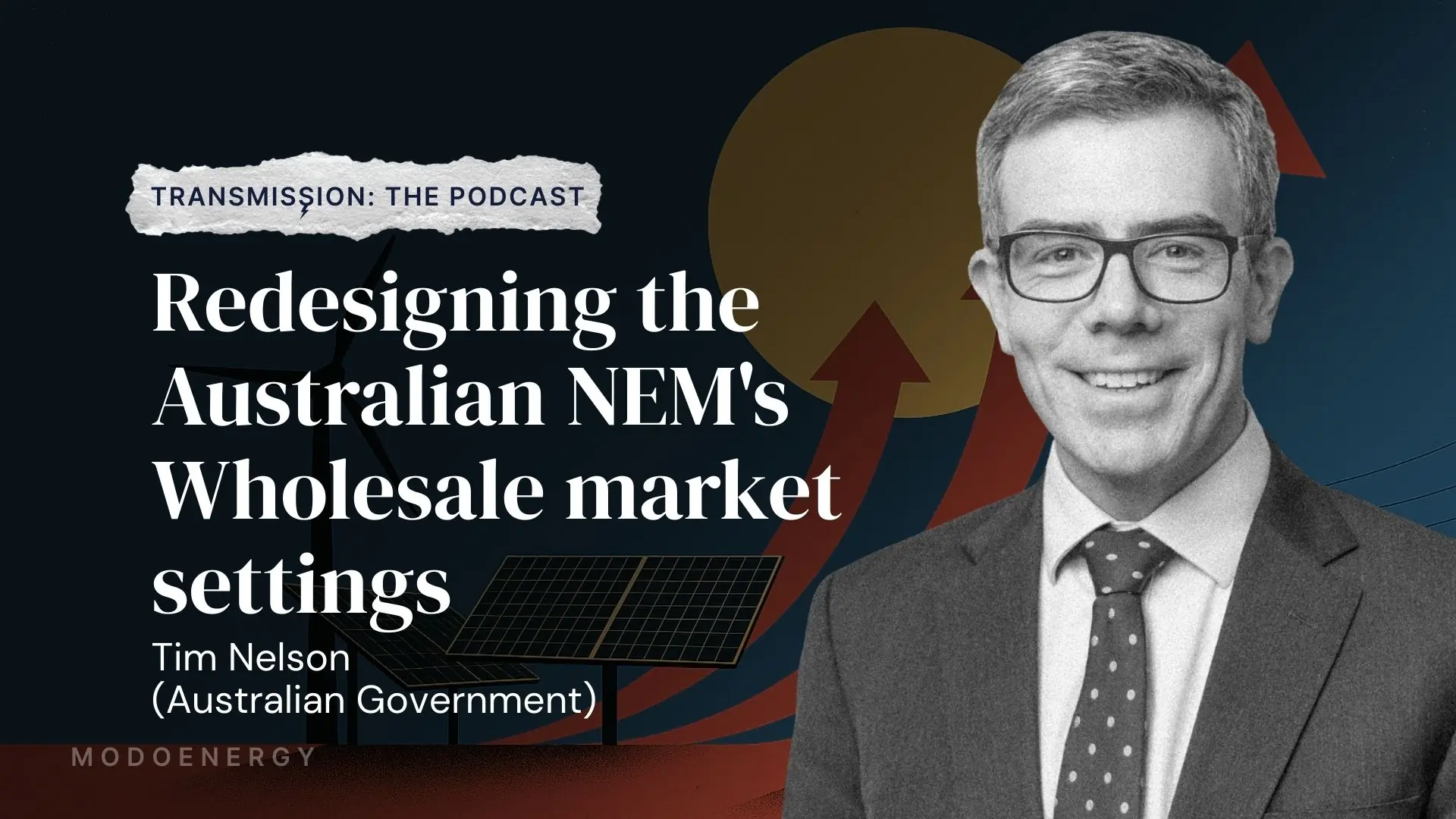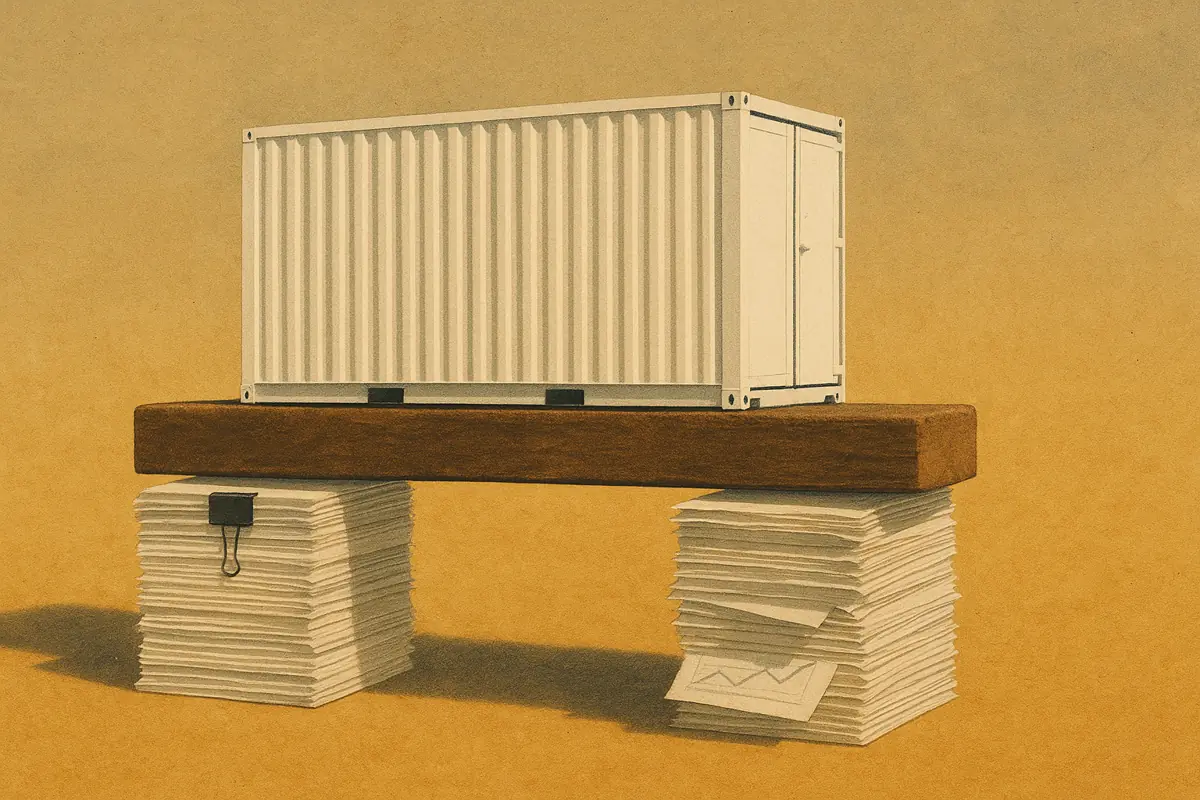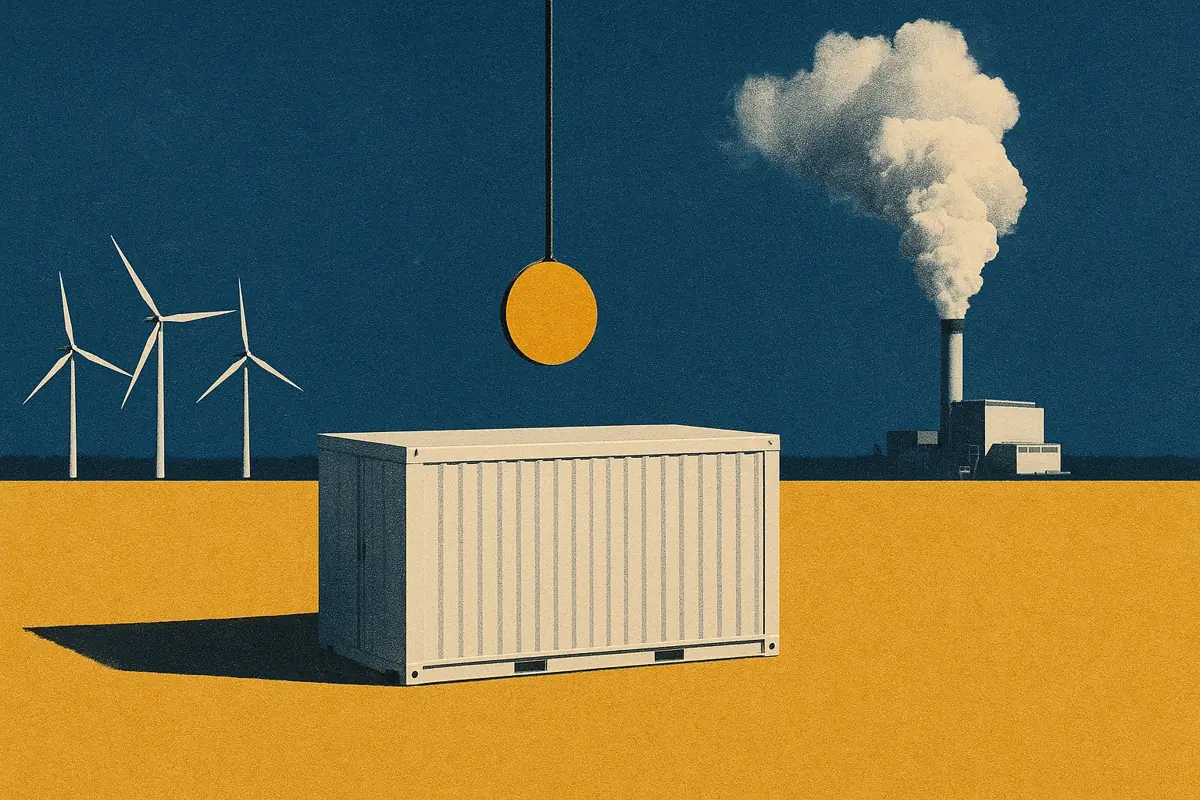Italy’s first MACSE auction saw intense competition, with bids totalling more than four times the tendered demand. The auction awarded all 10 GWh of required capacity at a weighted average price of €12,959/MWh/year.
The auction marks a major success for Italy’s storage ambitions, securing capacity at strikingly low prices and raising the question of how developers made it possible.
At a typical CAPEX of approximately €180,000/MWh, these prices would deliver limited returns on their own. Yet developers found ways to make the economics work.
New to MACSE? Read our MACSE explainer to find out how Italy’s fixed-revenue scheme is scaling up battery storage.
How developers made MACSE prices work
Developers used a mix of technical optimisation and financial structuring to make MACSE projects viable, focussing their efforts on three key drivers:
- Reducing CAPEX
- Lowering the cost of capital
- Capturing merchant upside
1. Optimised design and economies of scale drive down costs
With 15 years of guaranteed income, developers were incentivised to minimise CAPEX rather than maximise battery performance. They fine tuned system designs around MACSE’s technical requirements at the lowest possible cost.
This optimisation can be seen clearly in project duration, which MACSE accounted for using technical coefficients. Although shorter duration (higher power) projects were rewarded by the duration coefficients, this benefit doesn’t offset the higher CAPEX required.
As a result, the awarded projects targeted longer durations, averaging approximately seven hours, where lower build costs outweighed the impact of the technical coefficients.
Scale amplified the effect. Enel Green Power’s share of roughly two-thirds (6.7 GWh) of total capacity brought procurement and manufacturing efficiencies, driving down build costs and prices with them.
This helps explain why marginal clearing prices were significantly higher than average awarded prices. Smaller, more expensive projects cleared at the margin, while Enel’s scale pulled the overall average lower.
The auction itself kick-starts Italy’s battery market, with several gigawatt-hours of capacity set for delivery within the same time frame. Manufacturers and contractors can ramp up production, logistics, and installation in bulk, driving down costs across the entire supply chain far faster than a merchant build-out would.
These CAPEX reductions alone could lift returns from near-zero to the mid-single digits, even before financing or merchant upside come into play.
2. MACSE’s fixed revenues unlock financing and boost returns
While MACSE prices are lower than those in typical merchant markets, the scheme’s fifteen-year fixed payments offer far greater stability. This makes projects more bankable and unlocks access to cheaper debt.
When leverage is introduced, using debt to fund part of the project and increasing its gearing, the impact is clear. Even at moderate gearing levels, the returns of low CAPEX projects move from mid to high single digits, highlighting how financing amplifies the economics of already cost-efficient projects.
Enel, in particular, has greater access to low-cost financing than most developers. Its investment-grade balance sheet and access to corporate and green funding mean it can borrow more cheaply than smaller developers, enabling more aggressive bids, a larger share of capacity, and helping push average prices down across the auction.
3. Merchant upside adds value, but faces future uncertainty
Alongside the guaranteed revenue, battery owners keep 20% of ancillary service market income, though this upside is likely limited once degradation from additional cycling is considered.
Beyond this, projects can be structured to capture additional merchant revenue in the post-contract tail and by oversizing relative to contracted capacity. These revenues have the potential to add substantial value alongside the fixed MACSE payments.
Whether this is seen as a way to make project economics work, or simply as upside once fixed returns meet requirements, depends on each developer’s outlook. Will merchant revenues hold up or be cannibalised away as MACSE drives a wave of new storage online?
MACSE marks a major step forward for Italy’s storage market
MACSE’s landmark first auction has set a new benchmark for battery storage, proving that long-term fixed revenues can deliver both investment and intense competition.
The next challenge lies in how these projects perform once operational and whether merchant opportunities remain as more capacity connects.
With further MACSE rounds on the horizon, competition is unlikely to ease. How developers adapt to tightening margins, evolving rules, and a fast-changing market will define the next phase of Italy’s storage buildout.







